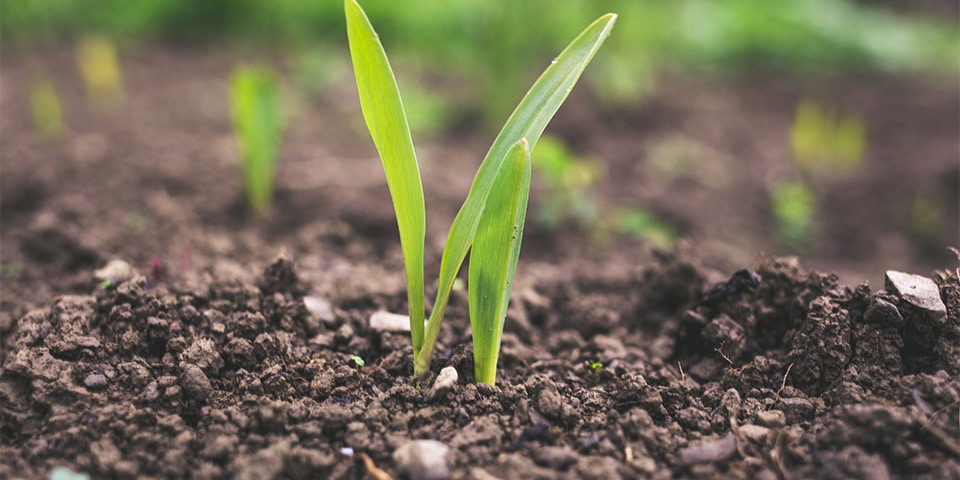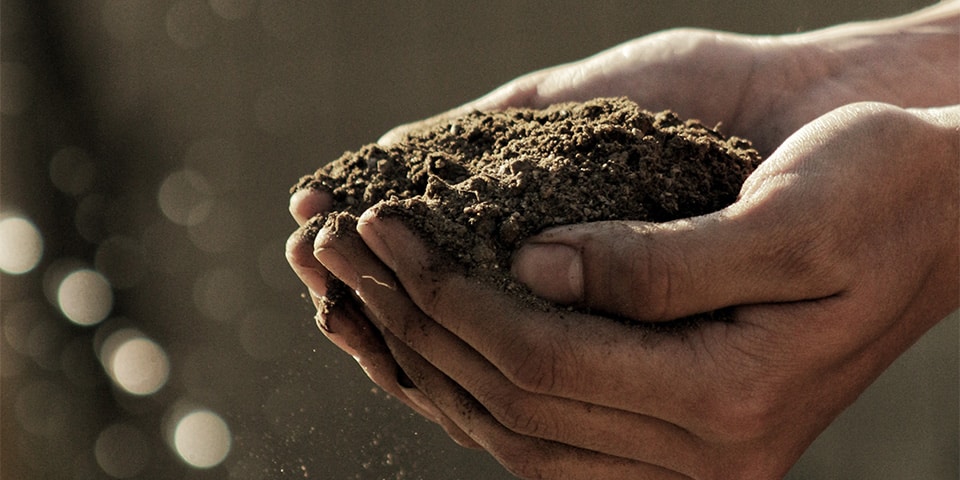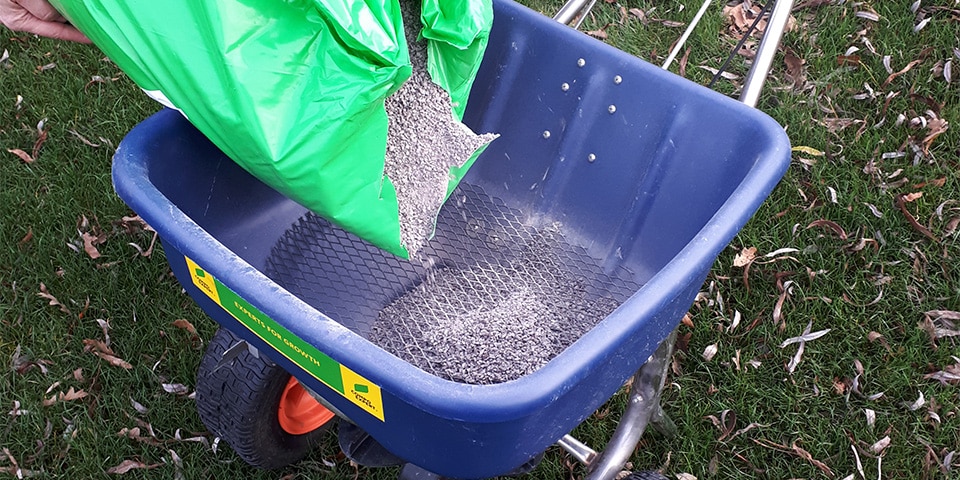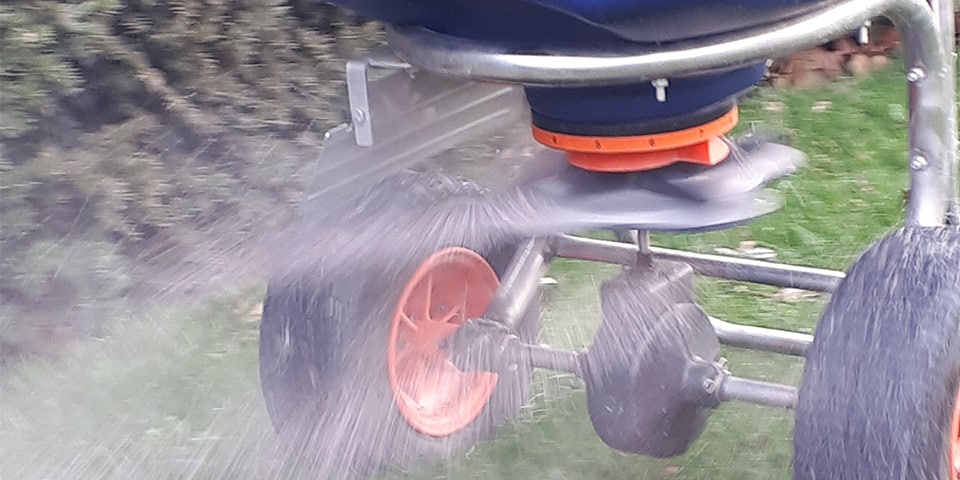
No healthy soil without good soil structure
Healthy soil: just about every landscaper, garden contractor and amateur gardener strives for it. And rightly so. But are our arrows pointed at the right things in that pursuit, or are we unknowingly overshooting our goal? Global player COMPO EXPERT wants to get to the heart of the matter.
Healthy soil, what is it?
Those talking about soil health may think primarily of the biological condition and presence of soil microbial life - the bacteria, fungi, earthworms and other organisms present in the soil. Much less attention is usually paid to soil structure, its fertility status and any nutritional imbalances. While precisely these aspects are the basis of a healthy or unhealthy soil.

Indeed, the desired microbial life can only develop to its full potential if certain conditions are met. In a silted, oxygen-poor soil, it will never thrive. Therefore, it is not enough for there to be sufficient nutrients and biodegradable material in the soil; the soil must also have a crumbly, open and cloddy structure. Only then does an optimal gas exchange take place between soil and atmosphere, and water can rise through small pores or - if there is an excess - be discharged through large pores.
The clay-humus complex
A determining factor for healthy soil, and in particular for optimal crumbly soil structure, is the so-called clay-humus complex or KHC. Since both clay and humus are negatively charged, this complex is capable of storing and exchanging nutrient ions, so it also plays an important role in the healthy development of plants, for example. The greater the proportion of KHC in the soil, the higher the storage and exchange capacity of nutrients and thus the more fertile the soil.

Although the quantitative aspect is not the only thing that matters here. Tests and observations show that an open and cloddy structure is possible only when calcium ions in particular are bound to the KHC. Calcium provides stability to the KHC; a lack of it leads to dense soils. Thus, the shares of magnesium, potassium and other positively charged ions must always be lower.
Balanced soil improvement
In practice, however, things usually turn out differently. Soil analyses show that the majority of soils suffer from a nutritional imbalance: there is too little calcium in the soil and the proportions of potassium and magnesium are too high. This results in a decline in soil structure and in soils that allow little or no development of the desired soil life, regardless of the soil operations one performs to improve them.

Fortunately, a soil conditioner with extra calcium can help in such cases. COMPO EXPERT has therefore developed Karisol® Complex, a soil conditioner rich in organic matter that not only increases the proportion of KHC in the soil, but also increases the presence of calcium ions. All this without affecting the pH value of the soil. Thus, unhealthy soils get the chance to become fully healthy, paying attention to both soil structure and soil life.....




